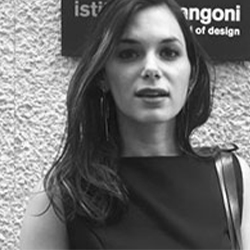
Cecil
Ravelas

Country
PhilippinesOccupation
Design Project ManagerSchool
MILANO DESIGNDegree year
2016Alumni Stories
DISCOVER MORE
INTERIOR DESIGN
Mia Herman

INTERIOR DESIGN
Patrick James “PJ” Almera

INTERIOR DESIGN
Alessandra Canessa

3 marangoni.alumniStories.stories_en_GB
